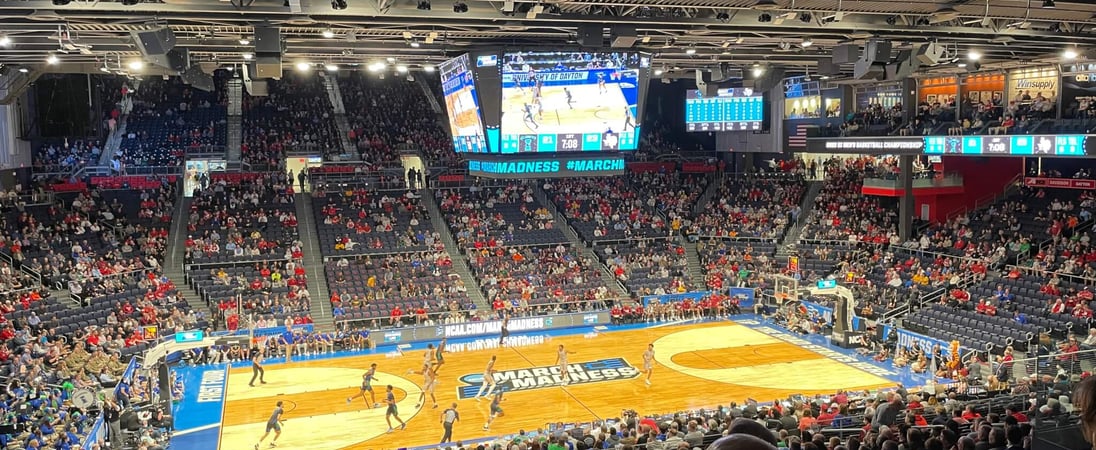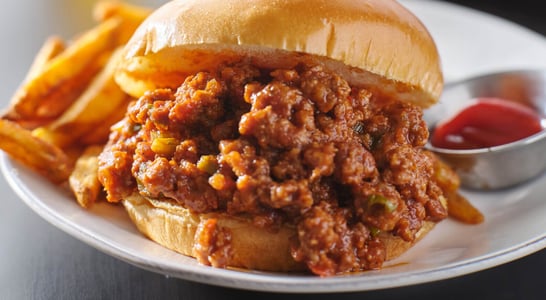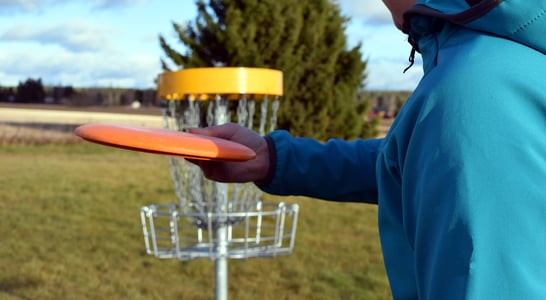
March Madness
Get your game face on for March Madness! This high-energy tournament is a slam dunk of excitement, passion, and heart-pumping action. So grab your team colors, gear up for the showdown, and let the madness begin!
For anyone interested in sports, and more specifically basketball, March Madness is that time of the year between the months of March and April where 68 college basketball teams play against each other for the title of national champion. Hosted by the US’ National Collegiate Athletic Association (NCAA) this yearly event gathers the best college basketball teams for both the men and the women’s Division I and has them participate in a single-elimination tournament that is televised across the nation. Even though the NBA championship is one of the top sports events in the United States, the NCAA tournament has also become one of the most watched competitions in the country.
History of March Madness
The NCAA basketball tournament is the result of Ohio State University coach Harold Olsen’s efforts to establish a postseason national basketball competition. The tournament kicked-off in 1939, originally involving only 8 teams of the men’s first division (the first tournament ever was won by Ohio.) By 1951, the number of participating teams had doubled, continuously expanding until it reached its current sum of 68 teams in 1985. NCAA Division I women’s basketball tournament began in 1982, and follows the same format as its male counterpart.
Why is it called ‘March Madness’?
However, it wasn’t until the eighties that the name “March Madness” began to be associated with the NCAA basketball competition, all thanks to American sportscaster Brent Musberger. The term was first seen in a 1939 essay about the fans of Illinois’ high school basketball tournament written by coach Henry V. Porter. However, Musberger’s use of the phrase during a coverage of the 1982 NCAA event caused it to become permanently associated with this competition. Since 1987, the song “One Shining Moment” (written by singer-songwriter David Barrett) has been the March Madness tournament’s official anthem, played at the end of every event and accompanying a montage of the competition’s best moments.
How does the NCAA tournament work?
To enter the tournament, 32 teams have to qualify by winning their conference title (meaning their regional leagues,) which gives them an automatic bid, while the remaining 36 are elected as at-large bids by the NCAA’s Selection Committee. Once all competitors are chosen, they are split into four geographical regions (east, south, midwest, west) of at least 16 teams each—which become known as brackets. All teams within a bracket are then ranked from 1 to 16, with the lowest-ranked team playing against the highest one.
Over the course of three weeks, teams play against each other and must make it through the different rounds of their bracket (commonly referred to as “The First Four,” “Round of 32” “Sweet Sixteen,” “Elite Eight,” and “The Final Four,” according to the remaining number of teams in each stage) until they reach the finals or get eliminated on one of the previous six stages. One of the biggest draws for fans of this competition are the attempts to predict the winner by filling out their own brackets. Upsets can, of course, occur, which generally render the perfect bracket impossible to predict but make the games all the more fun and exciting.
Since the beginning of the tournament in 1939, only five schools have participated in more than half of the events to date. The teams with the highest numbers of attendance are Kentucky (58,) North Carolina (50,) Kansas (48,) UCLA (47) and Duke (43.) Furthermore, these teams are the top five winning teams in the history of the NCAA tournament, with UCLA holding the most titles in the men’s division. For the women’s tournament, UConn has the biggest number of titles, having won 11 championships total.
How to celebrate March Madness?
There are many ways to celebrate March Madness. Those who are avid basketball fans can get tickets to a game if the teams are playing near them. Also, they can have fun filling out the brackets with their predictions and see whether they come true or not—and if they really want to lean into the competitive spirit, they can turn it into a game to see who gets the most rights. Other ways to celebrate involve getting together with friends or family and throwing a viewing party with lots of food and drinks!
Also on ...
View all holidaysNational Sloppy Joe Day
This classic sandwich will have you licking your fingers! The tangy sauce mixed with savory meat on a soft bun is a crowd-pleaser.
National Let’s Laugh Day
Laughter boosts mood, relieves stress, and strengthens relationships. So, don't forget to laugh often and spread joy wherever you go!
Won’t You Be My Neighbor Day
Fred Rogers, beloved host of Mister Rogers' Neighborhood, taught us to be kind and empathetic, and his legacy continues to inspire and brighten the world.
National Single Parent Day
Raising kids solo can be tough, but single parents are superheroes who manage it all. Hats off to their resilience, love, and dedication!
We think you may also like...
National Disc Golf Day
Gather friends and family for a fun and competitive game of disc golf, or meet new people and make new friends by joining an amateur team or league.
National Trails Day
Hit the trails to connect with nature, get some fresh air and exercise. Bring friends, your dog, or take a solo mission, and follow the paths or blaze your own.
We Jump The World Day
Parkour is an art form devoted to pushing the limits of the body and interacting directly with the world around you. Learn how on We Jump the World Day.








